Journey to the Southwest Corner of Ohio
From the beginning, collaboration has been one of the ESI’s core values. We firmly believe that in science, as in many areas, we can accomplish far more by working together with other researchers and organizations than we can on our own.
Today I’m visiting Cincinnati, Ohio. More specifically, I’m visiting friends and colleagues at the Cincinnati Museum Center (CMC) and the Museum of Natural History and Science. It’s not just a friendly visit though - I come as a partner, and, in the spirit of the holidays, I come bearing gifts!
See, most of our dig sites in Montana and Wyoming are on public lands managed by the Department of the Interior’s Bureau of Land Management. Access to collect fossils on these vast tracts of land is only granted via permits from that agency. One condition of the permit is that you must have an approved repository willing and able to store the fossils. But storing fossils isn’t as simple or easy as putting them in boxes in your basement.
A proper repository is strictly climate controlled and operated by trained collections managers, all designed to help keep specimens in the best condition possible and readily available to future researchers. Large natural history museums are often repositories, but it’s an expensive and resource-intensive commitment that also requires a LOT of space, which is why there aren’t that many repositories out there (Montana has only 2 active repositories!).
Most paleontological expeditions are led by paleontologists from museums or universities, and their home institutions serve as their repositories. Since we’re an independent organization, the pathway from collection to final storage is a bit more complicated. Once they leave Montana, the fossils arrive at the Academy of Natural Sciences of Philadelphia for preparation, education, and study by BBPI scientists. After those lengthy processes are complete, we bring the remains here to the CMC - our official repository partner - where they’re placed in collections in perpetuity, available for study by other paleontologists (some of the best specimens may even be placed on exhibit!).
This is one of many trips we’ll take over the years to deliver fully prepared fossils to the Cincinnati Museum Center., and we’re so grateful to have found such a fantastic partner.
This is a bittersweet moment for us, and in some ways feels a bit like a parent seeing their child go off to college. We were the first people to ever see these remains when they were uncovered in the quarries. We worked incredibly hard to gently free them from the rock and transport them across the country - worrying the entire time! And then we lovingly pieced them back together in the lab, documenting and studying every feature, every square inch. But now they’ve grown up, and it’s time for them to do what natural history specimens should do - be made available to the greater scientific community so that we can all benefit by the secrets the fossil still hold.



